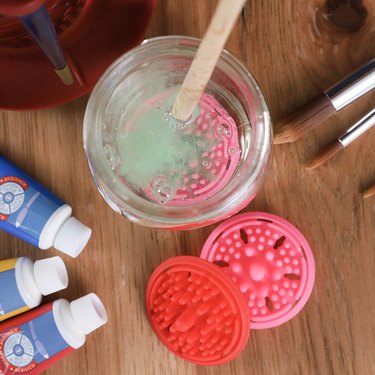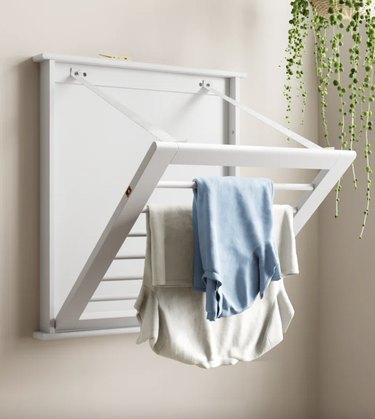By Jessica Kielman
Home Sweet Home
By Jessica Kielman
Home Sweet Home
By Jessica Kielman
Home Sweet Home
By Jessica Kielman
Home Sweet Home
By Jessica Kielman
Home Sweet Home
By Jessica Kielman
Home Sweet Home
By Leigh Schmidt
Home Sweet Home
By Jessica Kielman
Home Sweet Home
By Jessica Kielman
Home Sweet Home
By Jessica Kielman
Home Sweet Home
By Kathryn Walsh
Home Sweet Home
By Kathryn Walsh
Home Sweet Home
By Hilary Ribons
Home Sweet Home
By Jill Layton
Home Sweet Home
By Anna Buckley
Home Sweet Home
By Anna Buckley
Home Sweet Home
By Jessie Quinn
Home Sweet Home
By Spencer Hall
Home Sweet Home
By Megan McCarty
Home Sweet Home
By Fred Decker
Home Sweet Home
By Jill Layton
Home Sweet Home
By Eric Mohrman
Home Sweet Home
By Anna Buckley
Home Sweet Home
By Anna Buckley
Home Sweet Home
By Adrienne Farr
Home Sweet Home
By Jill Layton
Home Sweet Home
By Eric Mohrman
Home Sweet Home
By Samantha Mannis
Home Sweet Home
By Samantha Mannis
Home Sweet Home
By Samantha Mannis
Home Sweet Home
By Anna Buckley
Home Sweet Home
By Jill Layton
Home Sweet Home
By Anna Buckley
Home Sweet Home
By Stephanie Valente
Home Sweet Home
By Samantha Mannis
Home Sweet Home
By Jill Layton
Home Sweet Home



